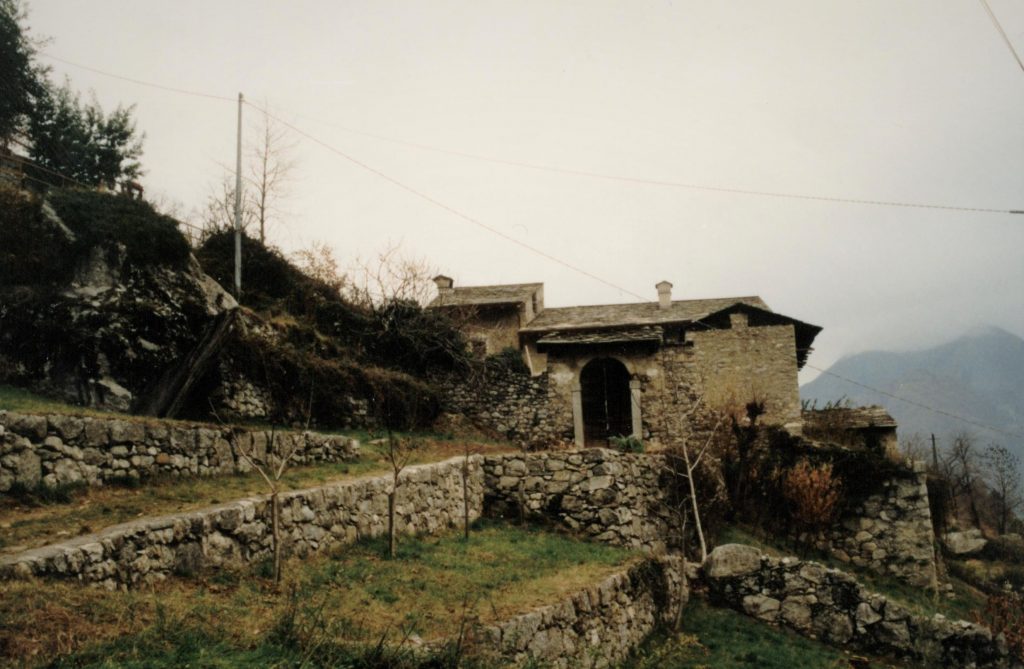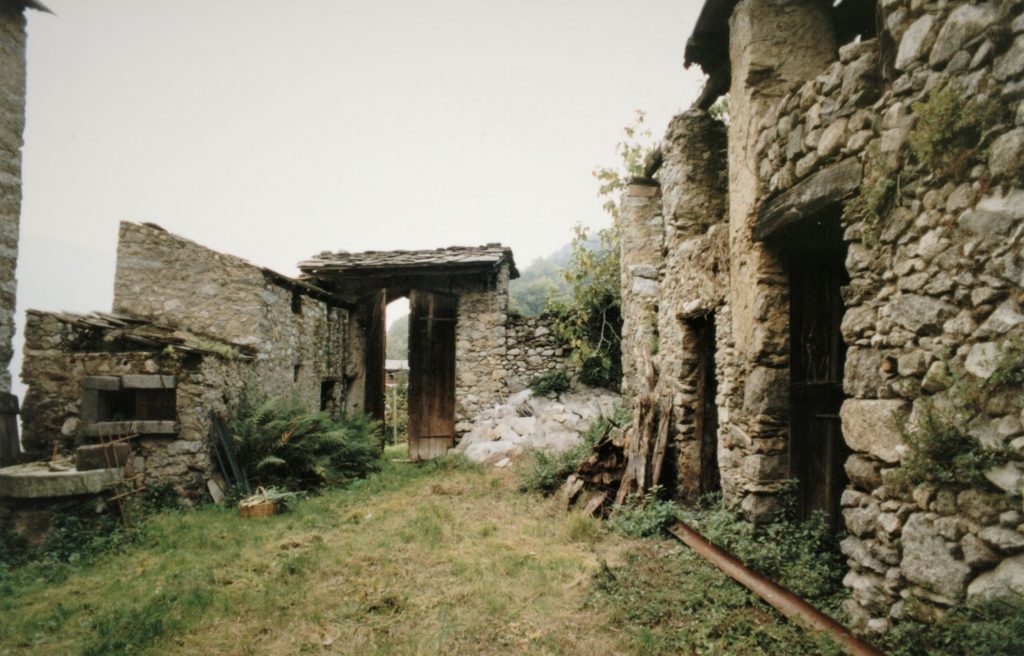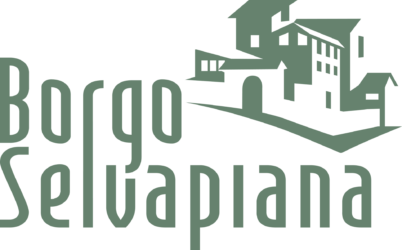A dive into the history of the building …
We do not yet know the whole history that surrounds our small village … but little by little we have managed to reconstruct some information on its origin and on the various phases that have taken place, so much so that we can tell you a real journey through time.
Originally, we don’t know exactly when, there were only meadows and fields cultivated with cereals, vineyards, vegetable gardens … only a small building existed in the middle of these meadows and had a small stable on the ground floor (which is now our reception office) and on the floors above three more floors of rural premises for farmers and perhaps for drying cereals.
Subsequently, this small building scattered in the middle of the cultivated fields was enlarged by building adjacent to it a large room for the pressing of the grapes, where there was an ancient Roman press and some rooms for the farmers, including a “cucinaccia” with a large “fireplace habitable ”where people stood close to the fire to warm themselves in the colder months. This place, blackened by time and smoke from the chimney, has remained like this … as if the centuries had passed without a trace.

And here comes the best part !!!! … We are in the sixteenth century and a significant character appears in our history: Petrus Paravicinus Medicus. Pietro, here in the house we call it that 😉, he had the building further enlarged until it became as we see it today and had the facade paintings dedicated to St. Joseph, the Annunciation and the Madonna and Child with Saints Peter and Paul.
Rightly, and I would add fortunately for us, he also had himself portrayed in a painted panel in the most elegant room of the building, just think …, even in the company of Aristotle!
… very curious, right inside the fireplace room, is the presence on the plaster of a sanguine inscription (a pencil based on iron) which shows the date of 1648 and the drawing of some crosses and some very mysterious symbols … who knows who passed and why he wanted to leave the trace of his passage …
We are therefore at the end of the seventeenth century and it is not over yet, perhaps between the end of the seventeenth century and the beginning of the eighteenth century the building of the new press was built with attached stable and barn and then the house that we call “della Teresina” .

There are certainly still many things to discover that only an accurate research starting from the historical and parish archives of the Cech Coast will be able to bring out … luckily, Petrus Paravicinus Medicus was a fairly important character, who even had a baroque chapel built in the parish church of Dazio with a portrait of him and his wife Anna inside. In the chapel, however, we also find the representation of the swan, historical symbol of the noble family of Paravicini, which is also painted on the facade of our building.
We close our little historical story here; we are waiting for you to show you this enchanted place with your eyes, where you will have the opportunity to go back through the centuries and immerse yourself in the rediscovery of this small world.
